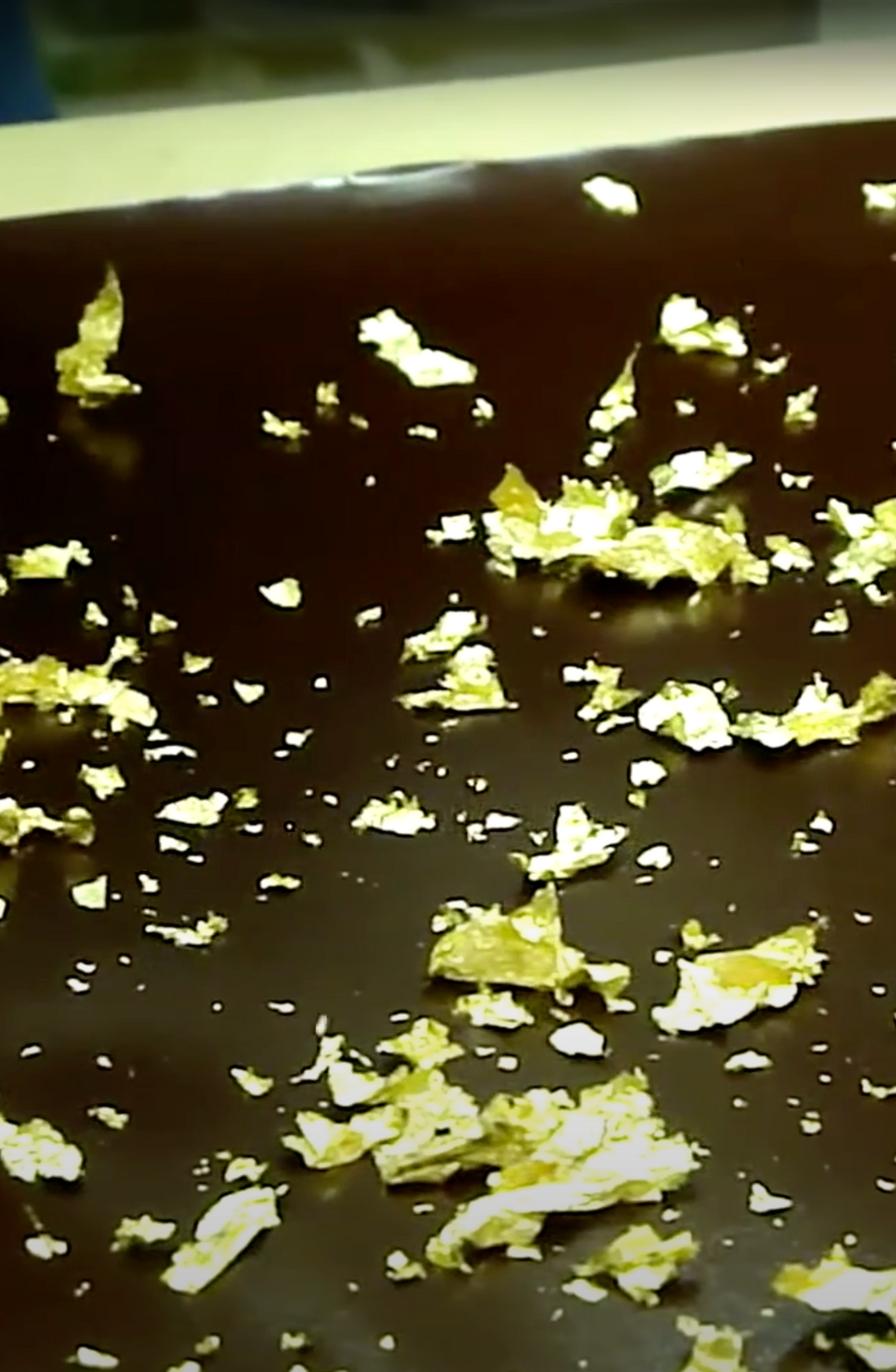
Rethinking Japanese Luxury (2):Traditional Craft and Luxury
Share
In recent years, traditional crafts seem to be increasingly mentioned within the context of luxury. For instance, JAXURY, a committee that encapsulates "Japan’s Authentic Luxury" in a single word, grants annual awards to companies based on ten criteria, including craftsmanship, sensibility, and trust. From the world of Nishijin weaving, HOSOO has been among the recipients.
Traditional crafts such as Nishijin-ori use only the finest materials and are created through the mastery of specialized techniques, often requiring significant time and effort. As a result, their quality is high—and so are their prices. For this reason, we initially used the word "luxury" without much hesitation.
But then we paused to ask: Is traditional craftsmanship truly luxury? Upon reflection, we began to feel that it may differ somehow from the Western notions typically associated with the word. Of course, as we look toward expanding our global reach, positioning traditional crafts within the framework of luxury could be a strategic choice—but we couldn't help feeling a certain sense of unease.
The modern global concept of luxury is primarily rooted in Western history and culture and is closely tied to self-expression driven by individualism. "Luxury" is not solely about excellence in materials, craftsmanship, and design; its consumption is also an act of self-expression through conspicuous and symbolic consumption. Luxury goods are created for this purpose as well. Due to the cultural power dynamics of the 19th-century imperialist era, luxury icons were consumed not only in the West but also actively in Asia, contributing to their globalization. However, the reverse trend—Asian cultural icons gaining similar global luxury status—seems far less common.
Traditional crafts may also possess a degree of iconicity. However, the way self-expression manifests in Japan has historically differed from that of the West. This difference in modes of expression may also influence the way traditional crafts resonate emotionally in the global market today. The aura, the story, or the allure of these crafts may not yet have the same immediate impact on global audiences as Western luxury goods.
Considering this, positioning traditional crafts as luxury within the global market—on the same playing field as Western luxury—seems to be a formidable challenge unless one possesses extraordinary skill and strategy. The attempt by Jaxury to redefine luxury as “authentic luxury (pare-down opulence)” is, in a sense, a powerful and encouraging move—one that reinterprets the global understanding of luxury from a uniquely Japanese perspective. However, we feel a certain discomfort when this pared-down aesthetic is overly emphasized as being inherently tied to Japanese culture. That very unease might point to the path we ourselves should take. After all, is it truly necessary to be so bound to the framework of Japanese culture?